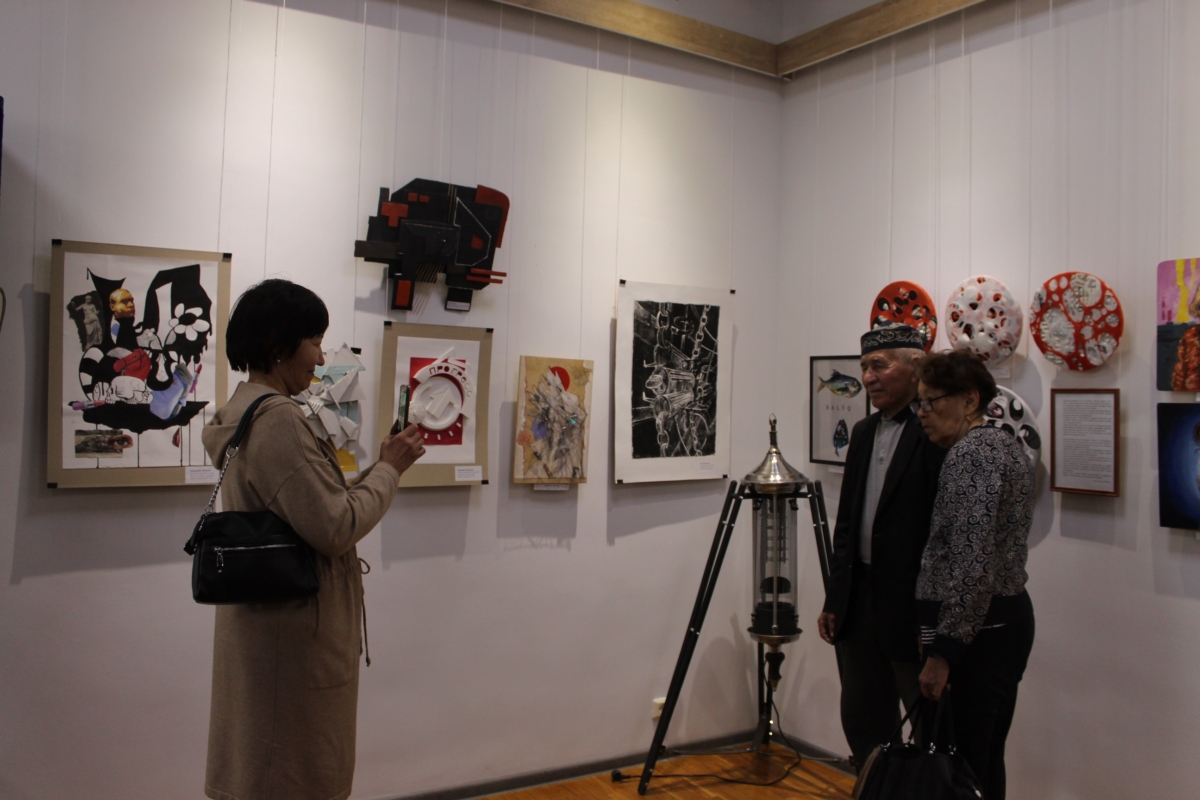
В городе Павлодаре прошло огромное собрание творческой молодежи, ценящей нестандартное искусство и творческие эксперименты. Художественный музей в честь Н. Нурмухаммедова организовал мероприятие «Ночь в музее» под названием «Новые степные-2024», посвященное 30-летию первой выставки художников-авангардистов и модернистов под названием «Новые степные».
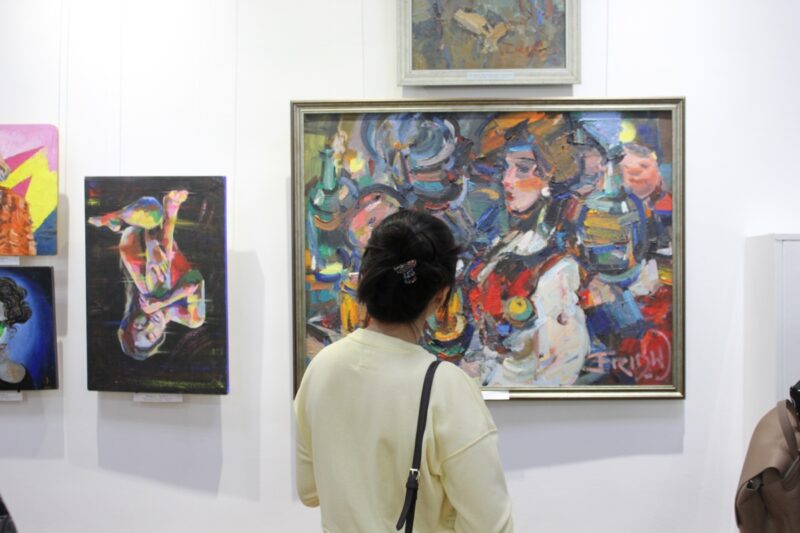
Необычная выставка будет доступна до конца текущего месяца. Она включает в себя произведения авангарда 20-21 веков из Павлодара, Казахстана и России: живопись, графику, ассамбляж, видео и медиа-арт из коллекции музея и частных собраний.
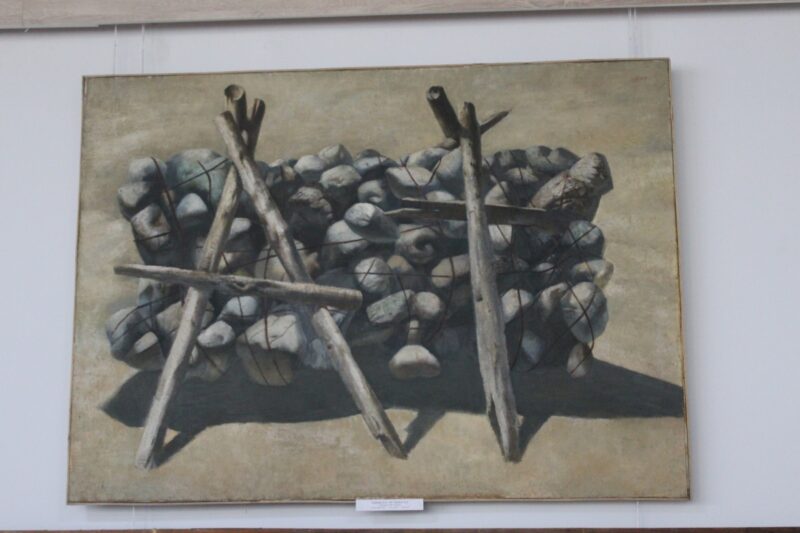
Событие было ярким, динамичным и привлекательным. В этот вечер в музее было заявлено о признании всего нового и необычного, отказе от строгого академизма и классики. Однако эта позиция лишь частично верна – многие шедевры художников-авангардистов, прежде непонятные и неоднозначно воспринимаемые, сегодня признаны современной классикой.
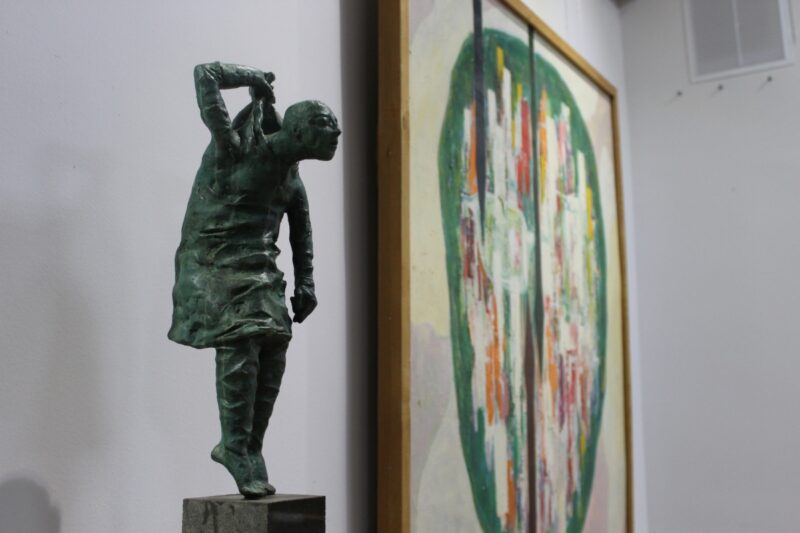
«Экспозиция включает в себя произведения авангарда еще из советского периода, это невероятно ценные художественные работы, многим неизвестно их реальная стоимость, на аукционе Sotheby’s они могут быть проданы за огромные суммы. В данный момент они находятся в Павлодаре и доступны для просмотра на этой выставке,» – пояснил Фёдор Ковалёв, один из организаторов и участников выставки «Новые степные» 1994 года, журналист газеты «Звезда Прииртышья» и куратор текущей выставки.

Special place in the exhibition is occupied by works of participants in the first exhibition of avant-garde and modernist artists «New Steppe». The sole remaining participant of the first «New Steppe» exhibition, Ramazan Kopeev, shared about the emergence of avant-garde in the 80s and 90s in Pavlodar – a city distant from metropolises:
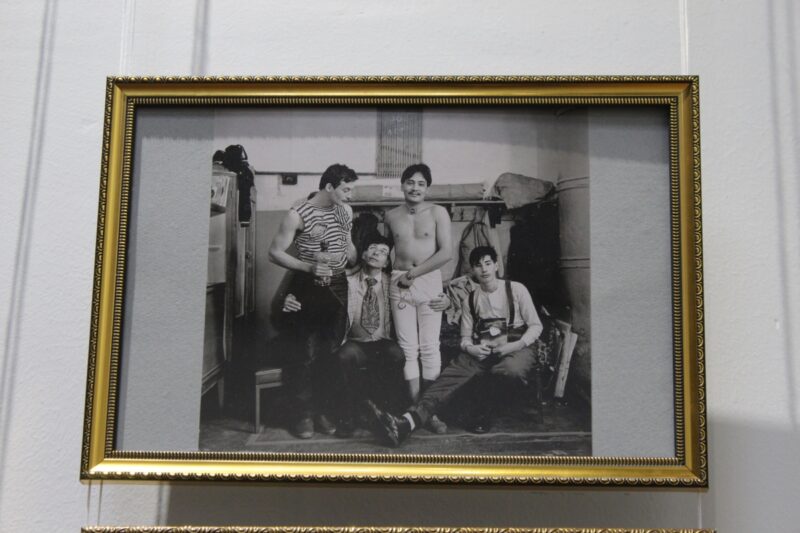
«Once I said to my fellow student: ‘Let’s engage in avant-gardism!’. And he replied: ‘One cannot engage in avant-garde, one must live it!’. It was a tumultuous time for the whole country. We had a brilliant photographer, Edige Niyazov. At his prompting, we started to engage in photography and painting. Vadim Ovchinnikov lived here, there was a direct connection with him through his uncle, Edige Niyazov. Then he lived in Saint Petersburg. From there came this wave, ‘New art’ by Timur Novikov, and its echo reached us. The core of the ‘New Steppe’ were the scandalous Igor Ryatov, the incomparable Askar Karshigin, the brutal Markunas Kestutis. Well, and your humble servant!».

Renowned Pavlodar painter Victor Polikarpov, who is not shy of experimenting in art, shared how the exhibitions of «New Steppe» began, at the opening:
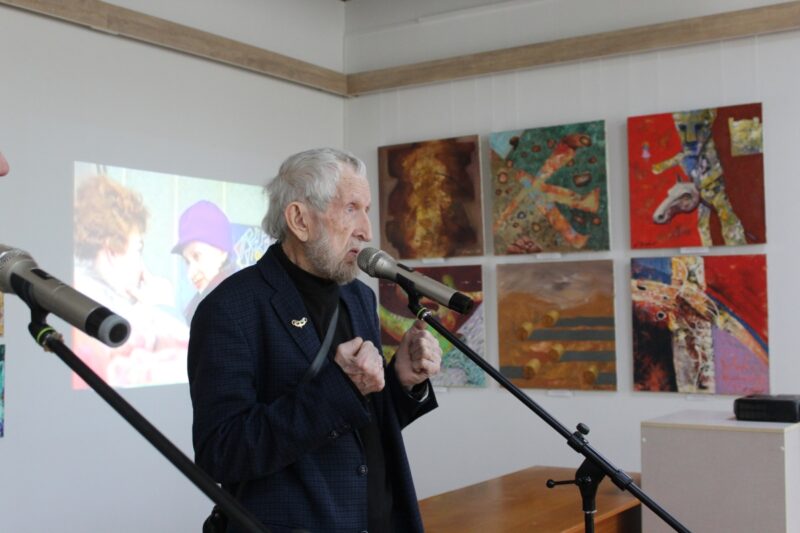
«At first, I wanted to have my own exhibition,» — Victor Polikarpov recalls. – «But suddenly my avant-garde friends appeared, and in the end we decided to organize an avant-garde exhibition. And imagine the explosion in society when for the first time there were canvases»individuals, who were not even allowed near the museums, found a place!».
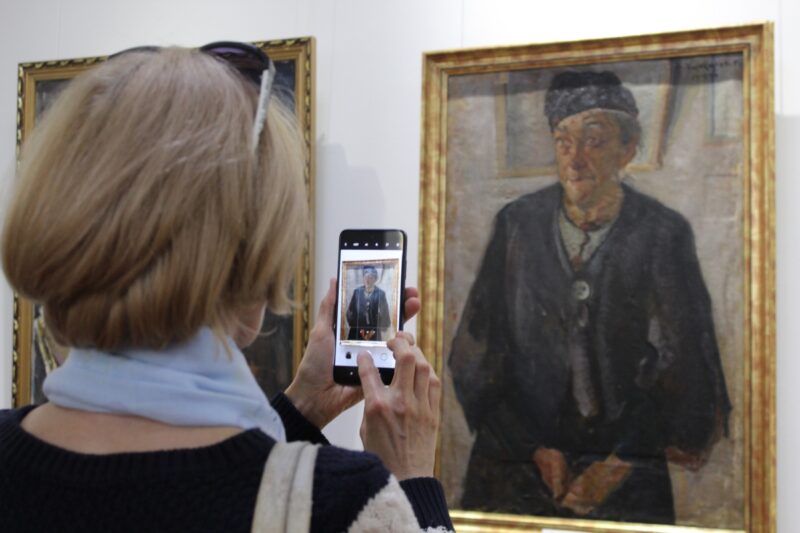
In short, the joke was successful! However, that exhibition, unfortunately, closed very quickly. I managed to visit it — art school teachers managed to bring their students on an excursion. We, teenage artists, were fascinated by such boldness and freedom of artistic expression, even though in the «art class» of those years, educators provided a lot for realization. And the 1994 exhibition — the first exhibition of modernist artists in independent Kazakhstan — was already a resounding success.
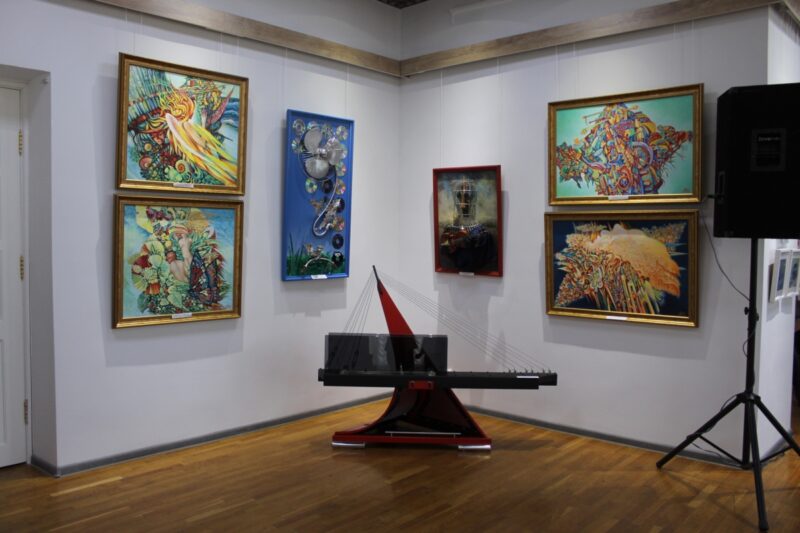
«It’s hard to believe that 30 years have passed since the «New Steppe-2″ exhibition,» says artist, educator, member of the Union of Artists of the Republic of Kazakhstan Olga Lovina. — «It was a charming, audacious exhibition. Everyone was so young and daring! Next to those guys were more mature artists — Viktor Polikarpov, Mikhail Beketov, myself, and other authors. But the ability to rejoice, to be surprised, to think creatively was common».
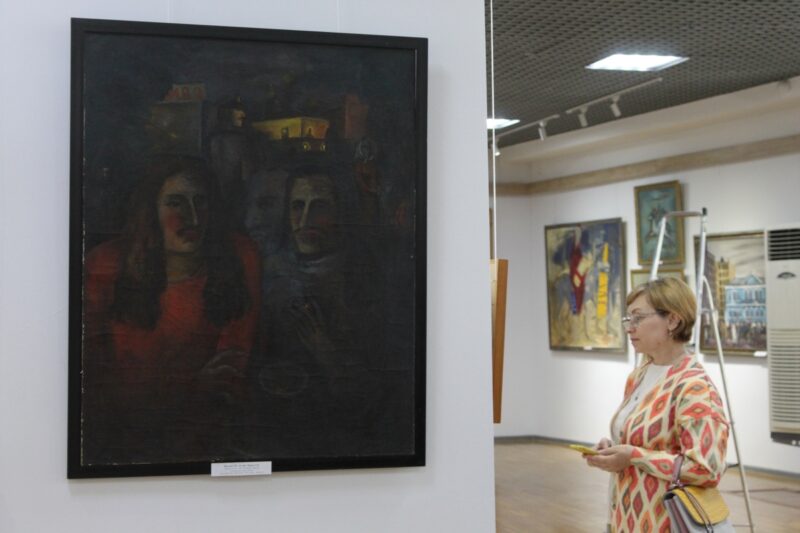
«In 1994, in a conversation with Polikarpov, the idea of holding the «New Steppe-2» exhibition with new authors was born. I received Viktor Fedorovich’s blessing: «You will be the Dyagilev of Pavlodar.» I had no doubt that there were avant-gardists in Pavlodar, and I decided to find them,» said Fyodor Kovalyov, who presented the history of the «New Steppe» exhibitions and also read a lecture «How to understand the avant-garde and why it is valuable?».
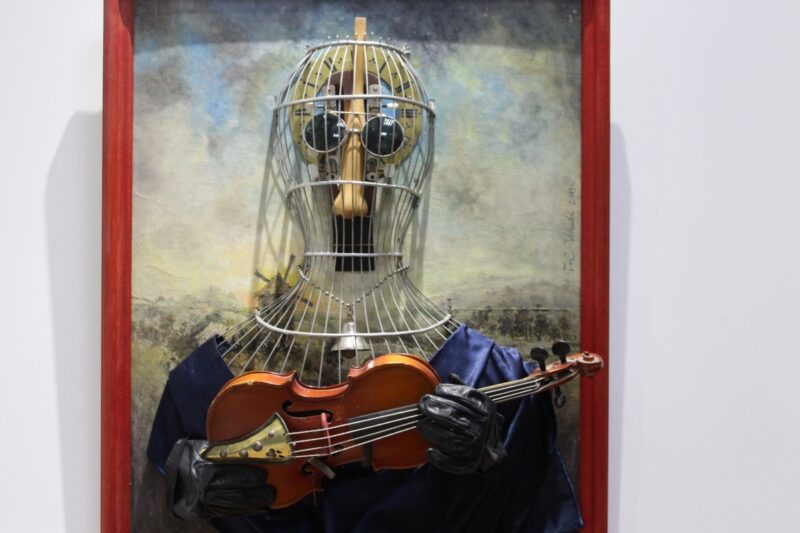
From the museum’s collections about the avant-garde and the artists whose bold ideas and experiments changed the face of art forever, visitors were told by museum employee Tatiana Apalimova.
Another participant in the 1994 exhibition is the director of the Ertis Media LLC, RuslanБилялов. Прошло 30 годов после того, как его произведения были обнаружены организатором выставки Фёдором Ковалёвым в галерее художественной школы.
Арт-мастер Андрей Оразбаев представил свою абстрактную живопись и в картинах на стенах, и на мастер-классе. Непосредственно перед пораженной публикой мастер перформанса создал две передовые картины.
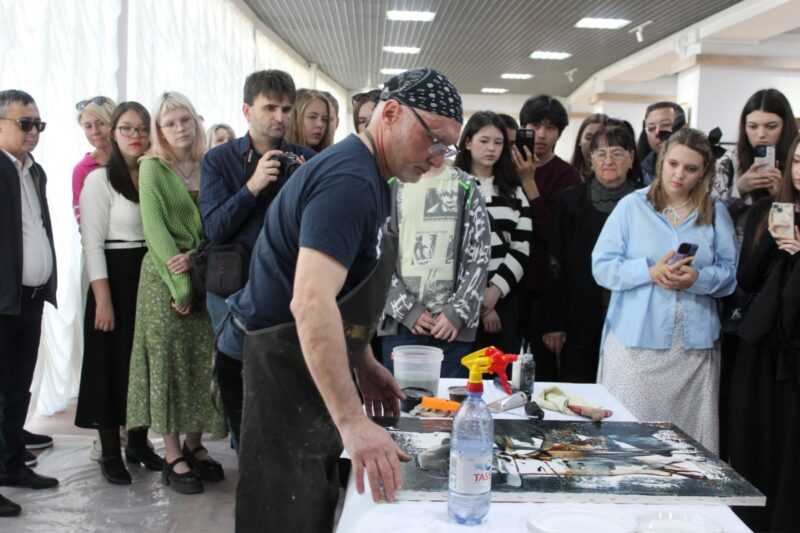
Привлекательность ассамбляжей павлодарского художника Станислава Чевтаева, который когда-то победил на конкурсе «Шабыт», была ощутима для зрителей. Эти композиции представляли собой объемные «картины» из различных, казалось бы, несовместимых предметов, соединенных общей концепцией. А также уникальные в своем роде интерьерные объекты Чевтаева — люстры, био-камин «Парус» и многие другие.
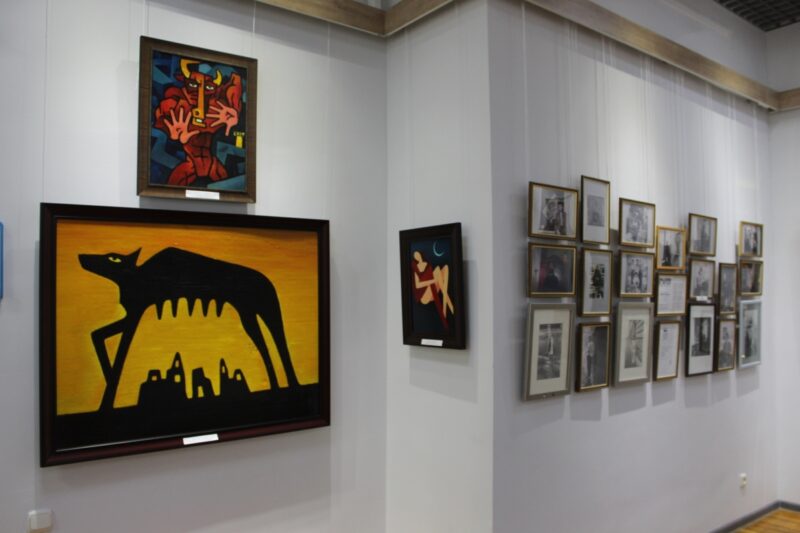
На выставке представлены творения признанных мастеров андеграунда из собрания музея. В фондах коллекции хранится авангардное искусство, начиная с 1920-х годов.
«Например, Тышлер — выдающийся сценограф, который также творил в области фантазии», — отмечает искусствовед, куратор фондов художественного музея Елена Дубовая. — «У нас есть представители художников, активно действовавших в шестидесятых годах, это неформальное, андеграундное искусство. Борис Жутовский — человек, который не стеснялся своих творений и даже сталкнулся с критикой со стороны Хрущева. Это вызвало шум в прессе, что было очень серьезно для того времени. Все они последовательно отступили в собственные квартиры: Крюков, Крапивницкий, Зубков, Тышлер и другие, которые были здесь представлены».
Вспомнили и тех, кто инициировал павлодарский авангард. На выставке показаны произведения павлодарцев, а также представителей ленинградского андеграунда — Вадима и Александра Овчинниковых, Игоря Рятова.
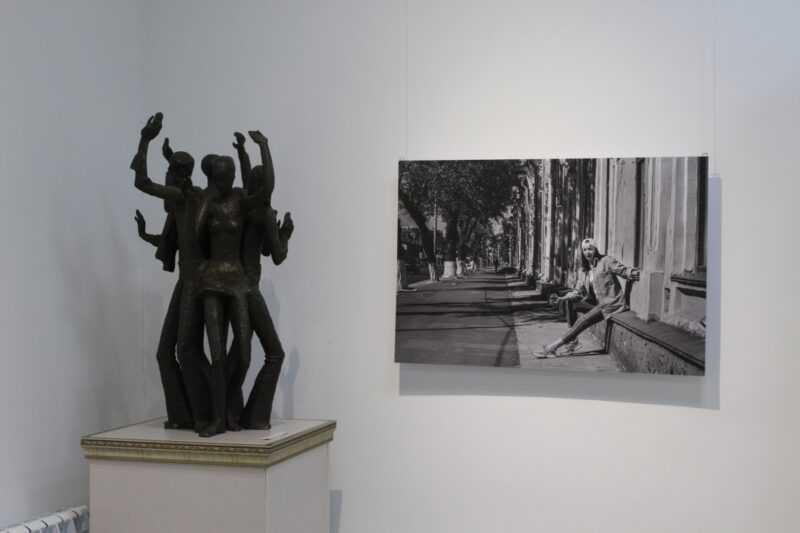
«Эти эксперименты — это проявление их свободы мысли, отношения к музыке и, возможно, «шаманизму»», — прокомментировала Елена Дубовая. — «Это использование банджо, гитар, электроакустических инструментов. Вадим Овчинников создал свой знаменитый стиль кюй-рока, и этот синтез всегда характеризовал их живопись и искусство. Позже Вадим Овчинников был приглашен выставить свои работы в Мраморном Дворце, Русском музее и даже в городах Америки. Также, следует отметить фотоработы Едыге Ниязова — одного из вдохновителей. НиязовHe embodied a cosmic being: an intellectual proficient in photography and music, with a remarkable understanding of painting and graphics. In recent years, he worked at an art museum, and we gleaned a lot from him.»
Consequently, at the entrance to the hall, there is a photographic history of the St. Petersburg and, simultaneously, Pavlodar avant-garde represented in faces. There are also renowned Niyazov’s shots of the band «Kino.»
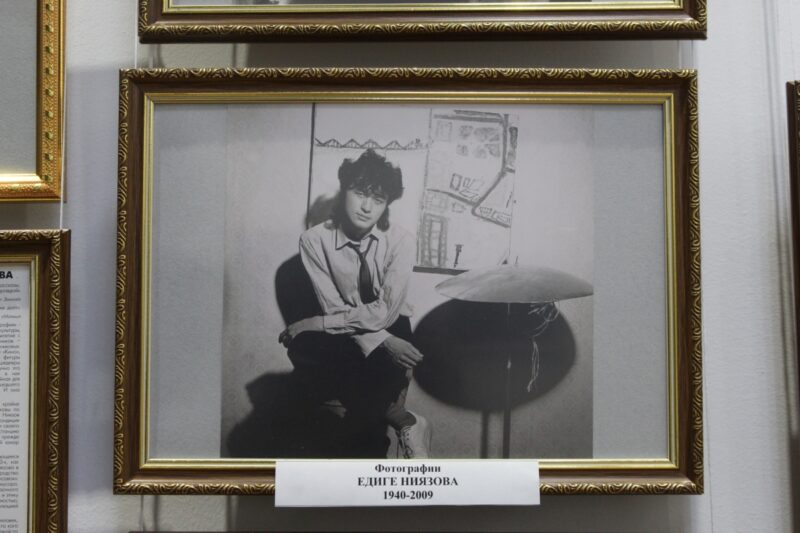
Among the new authors, photographer Elena Shanghai presented her project «Life and Glamour.» Two other independent artists of the new direction showcased their skills at the vernissage. Ruslan Kasimov «Faster» gave a graffiti lesson, while Vladimir Zubko «Rheos» created a stencil portrait of one of the viewers in an unique technique. However, the renowned works of these artists cannot be hung in a museum – their «canvases» become the streets, huge walls of buildings, and fences. Kasimov’s and Zubko’s murals adorn not only Pavlodar but also other cities in Kazakhstan.
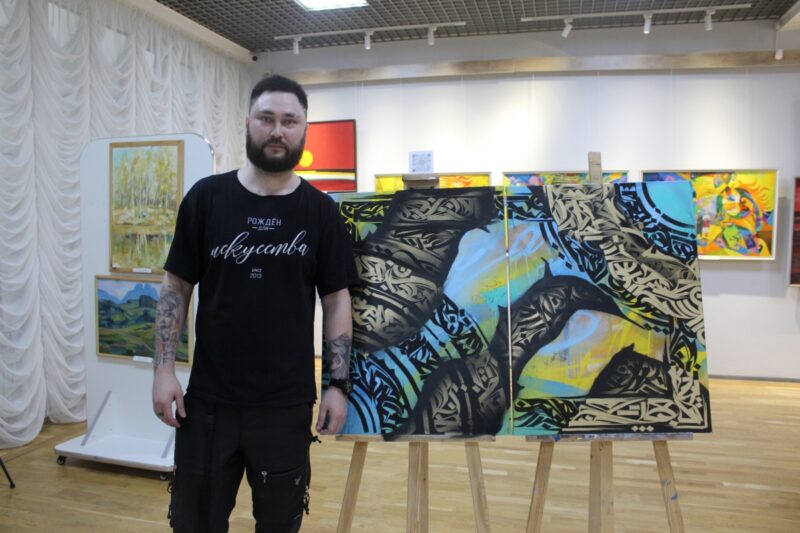
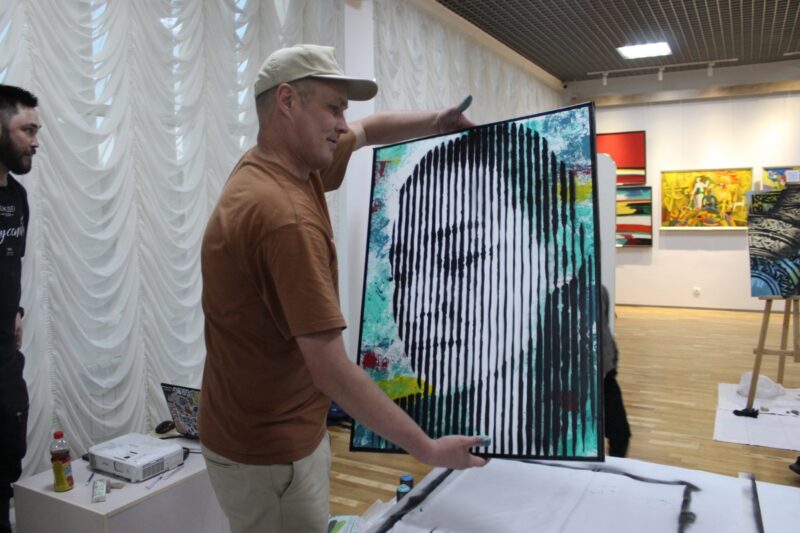
«The energy of creative individuals at the exhibition, the ideas! The muse, as they say, just sparks after this! You come to such meetings precisely for this atmosphere,» says Elizaveta Krasnoparova, a second-year student at the Pavlodar Art College, about her impressions. «I heard about the ‘New Steppe’ in college. And now at the exhibition, the creative works of our third and fourth-year students are presented. Initially, the college provides an academic foundation on which various forms of modern art are built. First, a foundation is laid, and then we are helped to find and develop our style, including avant-garde. I think that anyone who wants to improve can do it, the main thing is to put in the effort.»
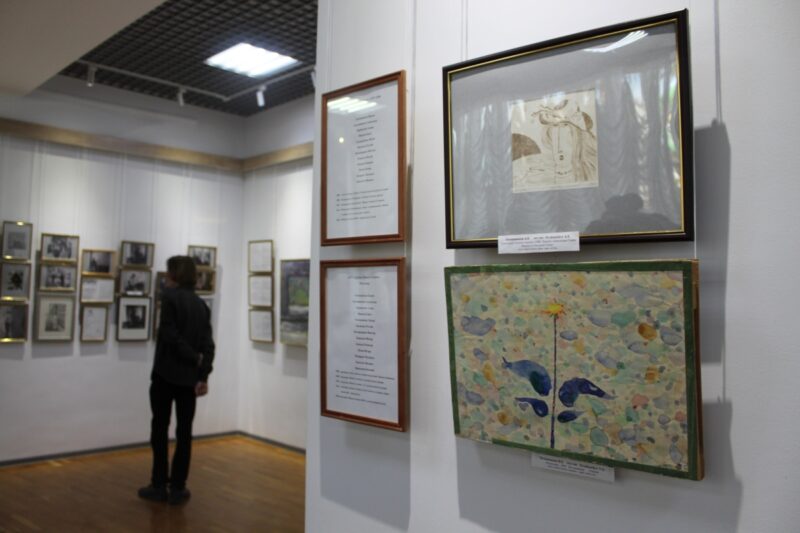
The spirit of the «New Steppe» exhibitionsВ зале музея для «Ночи в музее» провели нечто уникальное. Каждый элемент дышит свежим ветром новой степи. Стремянка, оставленная после установки экспозиции, напоминает о выставке 1994 года, когда павлодарский поэт Евгений Дымов читал свои стихи. Общая концепция была сохранена, но проявлена в новом свете.
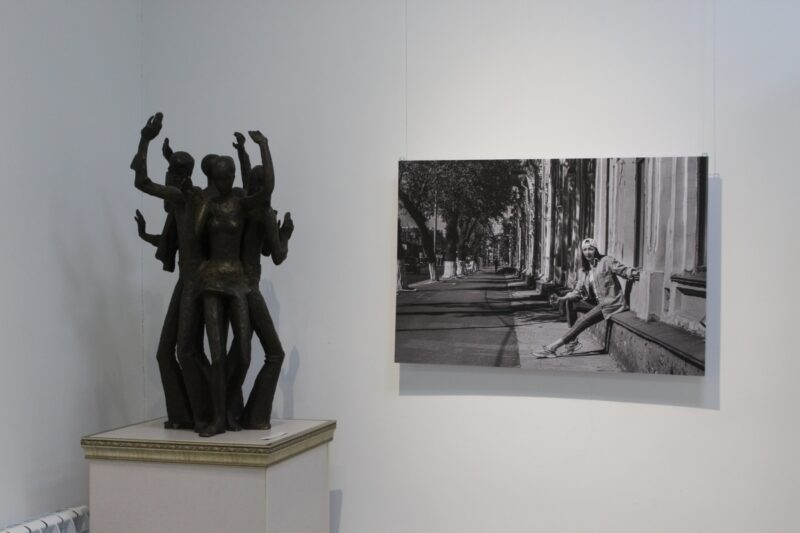
Для зрителей были представлены несколько передовых коллекций театра моды «Вернисаж», перформанс с картиной-трансформером, настоящая вечеринка с диджеем и динамичный танцевальный сейшн уличной фристайл команды «Крамп». Основная цель заключалась в том, чтобы дать возможность молодым – нынешним «Новым степным» — проявить свое творчество. Показать первые эксперименты современных молодых бунтарей и искателей.
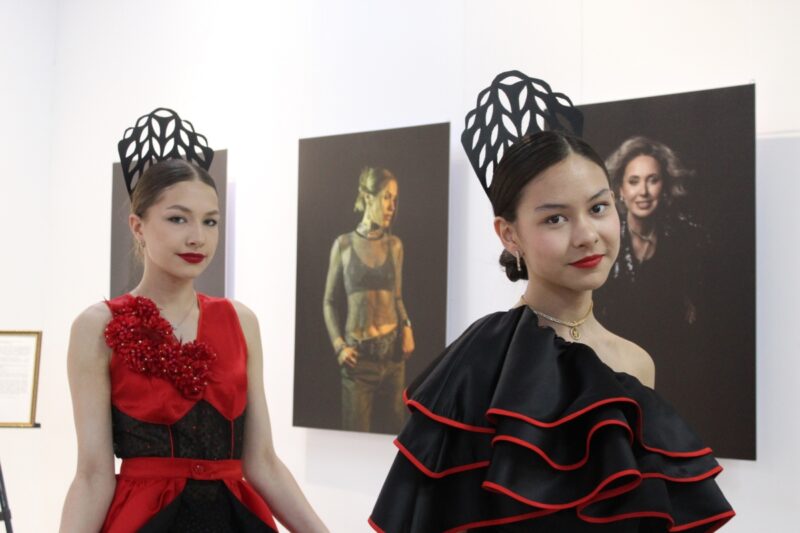
Самым молодым участником был 11-летний школьник из Павлодара, Радомир Ковалёв. Во время открытия экспозиции в лектории музея он представил два своих арт-произведения: инсталляцию под названием «Жажда» и медиа-арт «Техно Штейнберг», в котором он придал животный звук и движение картине классического геометра в живописи, советского и российского авангардиста Эдуарда Штейнберга.
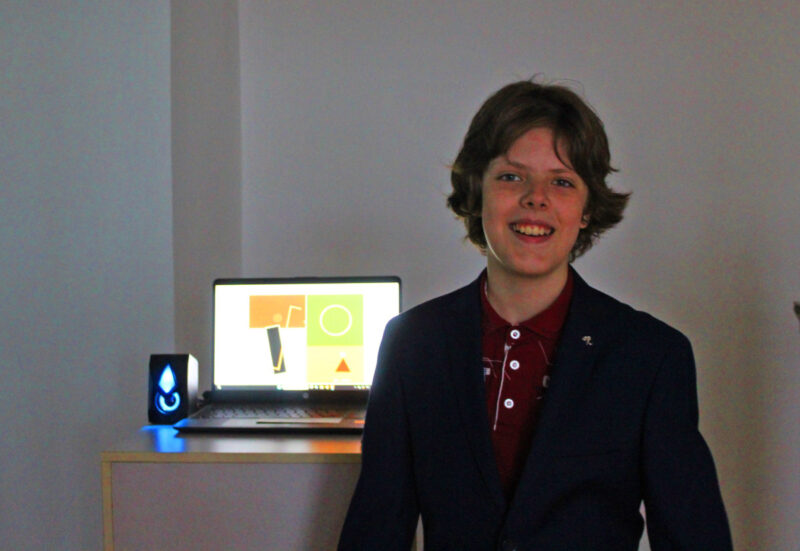
Художник, педагог и член Союза художников РК Ольга Ловина поделилась своим мнением: «Зацепили меня арт-объекты юного таланта Радомира Ковалева больше, чем что-либо». — «У меня есть работа под названием «Жажда». И вот я вижу работу с тем же названием. Объединяет их этот нерв, ассоциация, ощущение жажды. Пустой стеклянный графин, пробка, через которую проходит луч лазера на вращающейся платформе из деталей лего-конструктора – и хаотичный текучий красный световой узор на стене. Это требовало изобретательности и тщательной проработки, и самое важное — достигнут эффект. Я инстинктивно протянула руку к бутылке воды, чтобы принять глоток. А синтезатор от Штейнберга! Я верю, что за такими вещами будущее в перформансе и арт-объектах. Я разделяю идею сочетания музыки, изобразительного и трехмерного элементов. Я вижу эту интеграцию. В этих работах заложен дух художественного творчества, и ты оказываешься присутствует в моменте творения. Я не боюсь сравнений: с музеем «Эрарта» в Санкт-Петербурге или в Таллинне.And in other contemporary art museums, precisely such a visual interplay with the spectator, their engagement, is highly relevant. Of course, the scale there is different. But at the vernissage now, we see in Radomir’s works a more miniature initial step. Individual images are born for each viewer, plus constructivism – an inherently fascinating thing. And here music emerges, movement! There is a desire to try playing with the painting over and over again. I believe this direction has a future. The peculiar «avant-garde puppets unfold».
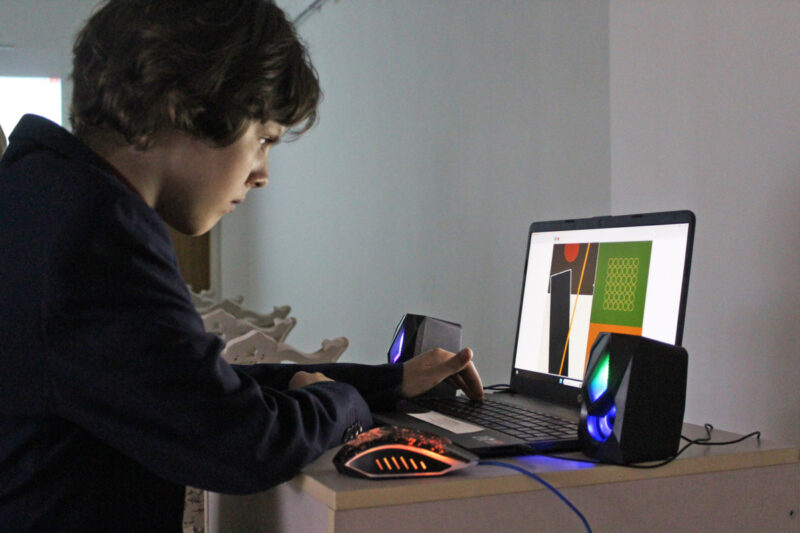
The fourth-grader himself admitted that he is very excited to participate in his experiments on the same platform as the works of not only Pavlodar avant-garde artists but also with the masterpieces of Kazakhstani and global level stars — the mysterious Kalmikov, the scandalous participant of that very «bulldozer» Moscow exhibition Zhutovsky, legends of the St. Petersburg underground, the Ovchinnikov brothers and Igor Rytov, and others.
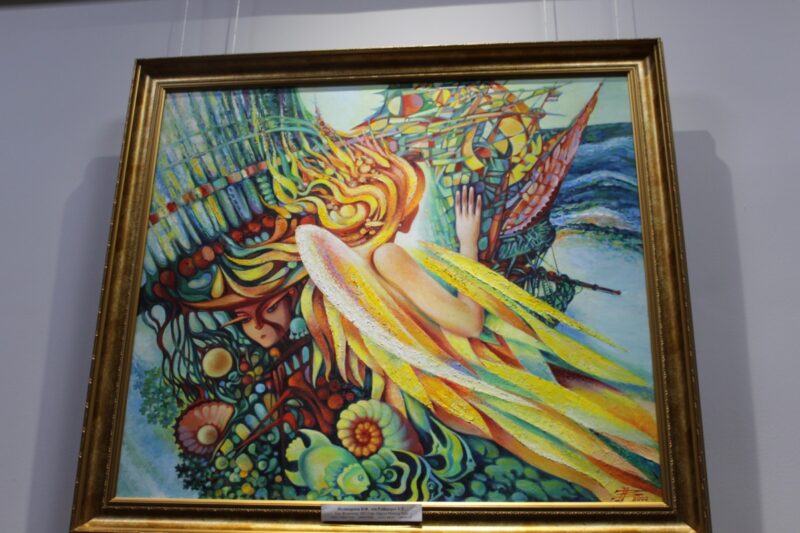
«I was at an exhibition in the museum school 30 years ago, I was very interested,» recalls art critic Elena Dubovaya. — «Yes, they say that back then art critics were scolded. Maybe because the eyes were clouded — everywhere was socialist realism. And these moments of free thought were already beginning then. The museum slightly distanced itself. But, I think we will repeat the exhibitions, and most importantly — accumulate material. This is a great opportunity for museum workers. Now we have seen several young artists who are studying, and all of them aim to be thinkers, sages, and of course, composers of painting».
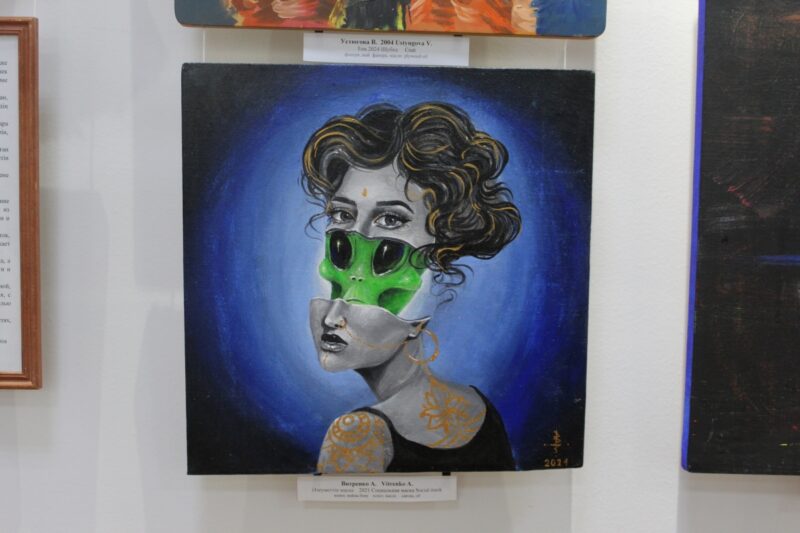
How to seek and express oneself when there is no need to break through resistance and freedom to overflow the limit? What is avant-garde like today?
Art critics, orienting themselves on important canons in art, assert that today’s avant-garde is currently losing in breadth of thought, but winning in technical capabilities. They suggest observing, nurturing, creating public opinion and support groups: it’s very interesting to see what will come out of the bubbling ideas of the youth.
Post «Night at the Museum-2024.» The avant-garde first appeared on «Nasha zhizn». News of Pavlodar and the region.




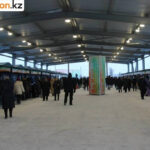
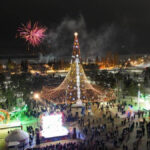

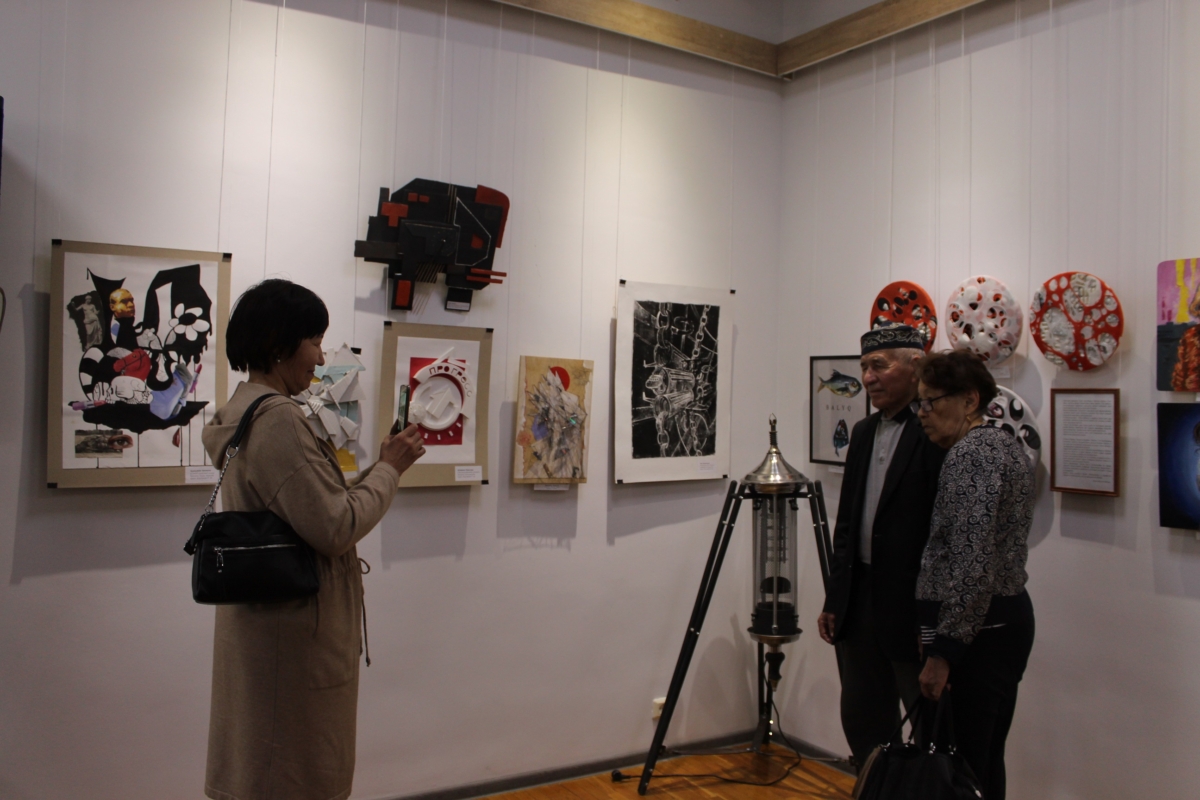
+ There are no comments
Add yours